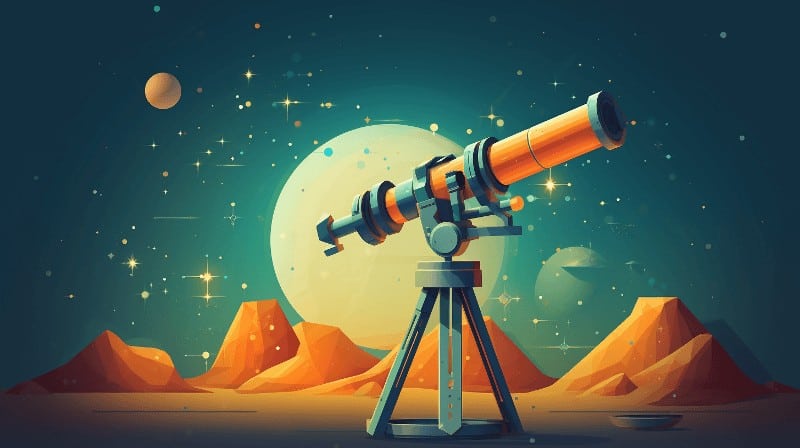A good home telescope can cost anything from $70 to $20,000, and more specialized models can go up to $700,000!
But why are telescopes so expensive?
In this article, we outline the key reasons why telescopes are not cheap, what factors increase the price, and why you get what you pay for.
What Makes Telescopes So Expensive?
In our article How Much Does a Good Telescope Cost?, we give an overview of how much you need to pay to get a decent telescope.
This ranges from a bare minimum of $70 to up to $20,000 for the best of the best. Large telescopes for observatories cost in the hundreds of thousands of dollars.
But why do telescopes cost this much?
There are broadly two main factors:
- The materials used and the quality of the components
- The expertise of the manufacturer in designing, crafting, and delivering the equipment.
Let’s look at these in more detail.
Cost of Telescope Components
Telescope tubes (the OTA – “Optical Tube Assembly”) are largely made up of a metal housing containing lenses and mirrors.
The design and mix of these components depend on the type of telescope, of which there are three main types:
- Refractor telescopes – using lenses
- Reflector telescopes – using mirrors
- Catadioptric (or Compound) telescopes – using a combination of lenses and mirrors
If you want to understand more about this, see our article Reflector vs Refractor Telescopes.
For now though the key things for us to consider are the costs of the lenses and mirrors.
Lenses
Telescope lenses are measured by their aperture. This is the diameter of the lens and is usually listed in either millimeters or inches.
The larger the aperture, the better the views the telescope will provide. This is because with astronomy you are looking at very dim, faraway objects. The larger the lens, the more light it can gather, so the brighter and clearer views you will have.
In general, the higher the aperture and larger the lens, the more expensive the telescope. This is the natural result of having to use more high-quality materials, but this price also increases exponentially as you can see illustrated in the chart below:
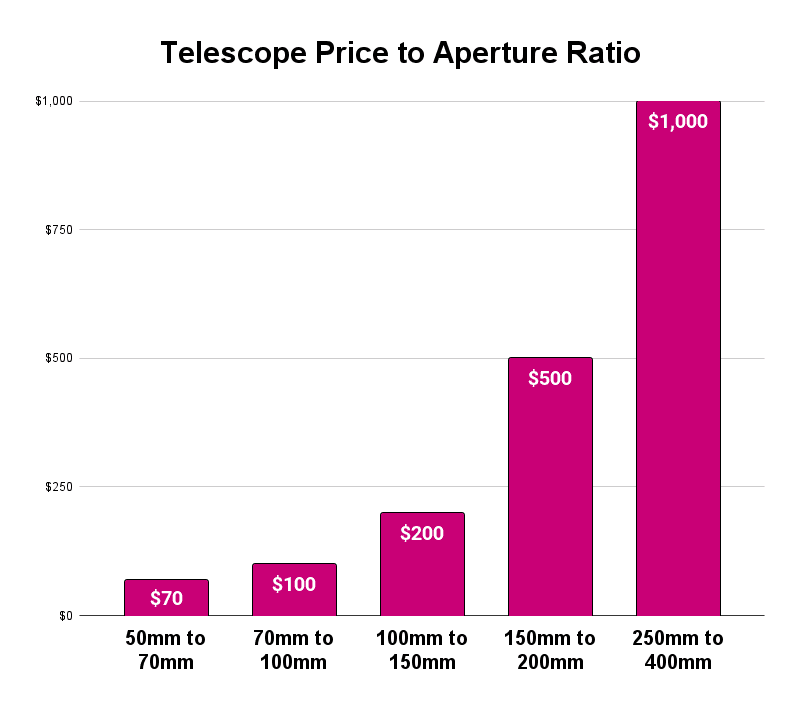
Note that the figures in the chart are very rough and telescope prices can vary substantially due to other factors, but they are broadly indicative and illustrate how the price-to-aperture ratio increase is not linear.
This is because the larger the glass elements the tougher it is to produce them to a high standard.
There are other factors that influence the cost of the lens, including the coatings and glass type. As you would expect, the higher quality these are, the more expensive the bit of gear.
Mirrors
Another major factor in the telescope’s cost is the mirror’s size and quality (in reflector and catadioptric telescopes).
Similar to lenses, these are more expensive to manufacture as they get larger and need to be finished by hand for large telescopes, rather than just mass-produced in factories. This naturally increases the price.
Mounts
One other thing that heavily influences the price of a telescope package is the mount it comes with.
Mounts need to be sturdy and high-quality, especially with larger and heavier telescopes, but a key factor is whether or not the mount is computerized (or “GOTO”).
GOTO mounts are automated and locate objects for you, as opposed to manual mounts where you have to operate them yourself.
Naturally, GOTO mounts are more expensive as they are more sophisticated pieces of gear that require power sources and software development.
In addition to the mount, other things like the quality of the tripod and accessories like eyepieces and barlow lenses push up the cost.
You can read more here about the different telescope mount types.
Expertise of Telescope Manufacturers and Brands
The second major factor in the expense of buying a telescope is the expertise of the manufacturer in designing, crafting, and delivering the equipment.
Obviously putting together these instruments and building the lenses, mirrors and other components requires skill and knowledge to do properly. Skills and knowledge take time to develop in people and it costs companies money to train and retain the right people.
You also need to add to that the cost of properly packaging and delivering a reasonably fragile bit of gear around the world.
This is why we recommend you buy from a good telescope brand like Celestron, Orion, Meade, or Sky-Watcher. With these, you can be confident that you will be getting value for money and so if, for example, you are buying a $300 telescope, it will be worth $300.
See the best telescope brands if you want to read more about this.
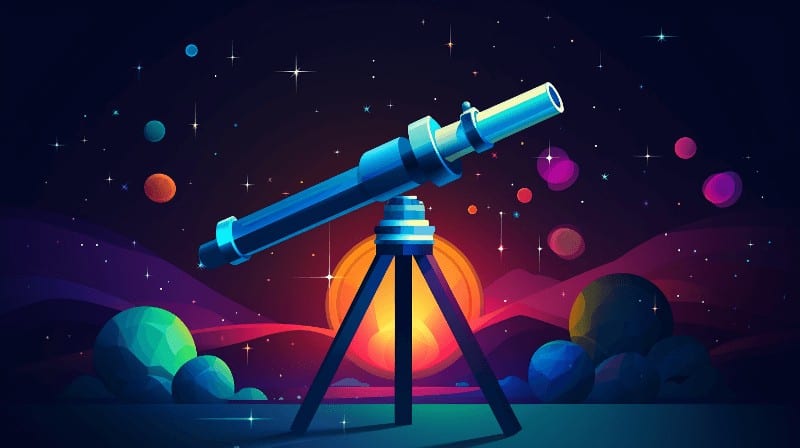
How To Save Money When Buying a Telescope
There are a few ways to bring down the cost of buying a telescope, including:
- Buying no more than you need
- Buying used
Buying no more than you need
Before buying a telescope it’s worth really thinking about what you want it for and how you will use it. Ultimately you want to get a model that is right for you and that you will feel you can use a lot.
I say this because the first telescope I bought was a fairly big, manual reflector. It turned out that:
- I had no idea how to use the manual mount and didn’t really have time to teach myself, and
- It was too big and bulky for me – I was living in a fairly small space and didn’t really have an easy place to keep it and so storing it and getting it out to use was not easy and ultimately a deterrent to using it.
What would have been much better for me was perhaps a smaller, basic refractor, or else an entry-level computerized catadioptric.
The refractor would have cost less and the GOTO catadioptric would have cost about the same but from either I’d have got much more enjoyment out of them even though they would both be lower aperture and therefore less powerful.
In short, it’s about buying what you’ll use the most and so then you’ll get value for money.
Therefore think hard about a few things:
- Where will you use the telescope? Do you have a good place to keep it set up all the time or will you need to pack it up and store it each time?
- Do you want something solely for astronomy or also for astrophotography?
Buying used
The other way to save money is to buy a used telescope. There are plenty of good sites for this like eBay, Craigslist, or Facebook Marketplace.
There is obviously a risk with buying privately that the gear might be damaged and it might not be obvious at first, especially to a beginner.
Some astronomy retailers (as well as Amazon) also sell used gear. With these, you can have a bit more confidence in what they are selling, but it will likely cost more than buying privately.
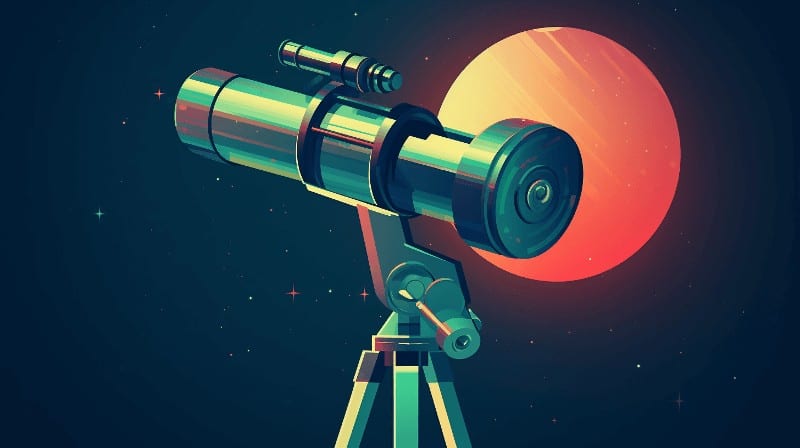
FAQs: Why Are Telescopes So Expensive?
How much should you spend on a telescope?
$70-$100 is the minimum you should spend, or else the telescope will not have enough aperture to see anything.
If you spend between $100 and $200, you should be able to get something much better, and up to $500 should get you something really good.
See How Much Does a Good Telescope Cost? for more on this.
Are telescopes expensive?
This is a relative question, but yes, we would say that good telescopes are expensive.
This is because they are precision pieces of equipment that require quality materials and manufacturing to get right.
Do I need an expensive telescope to enjoy astronomy?
You do not need an expensive telescope to enjoy astronomy but beware of anything too cheap. At a minimum go for a $70-$100 model from one of the leading brands like Celestron or Orion.
Is a cheap telescope worth it?
Cheap telescope models for sale for less than $70 in department stores or online retailers will likely disappoint you.
Why are solar telescopes so expensive?
Separately to regular telescopes are solar telescopes, which are designed so that you can safely look at the sun.
This obviously requires extreme filtering which adds cost, and the required expertise to ensure that it is up to safety standards to be sold and used.
In addition, there is a more limited demand for these telescopes and so fewer are made and there are fewer companies manufacturing them.
For these reasons, solar telescopes are considerably more expensive when compared to regular telescopes of the same aperture and type.
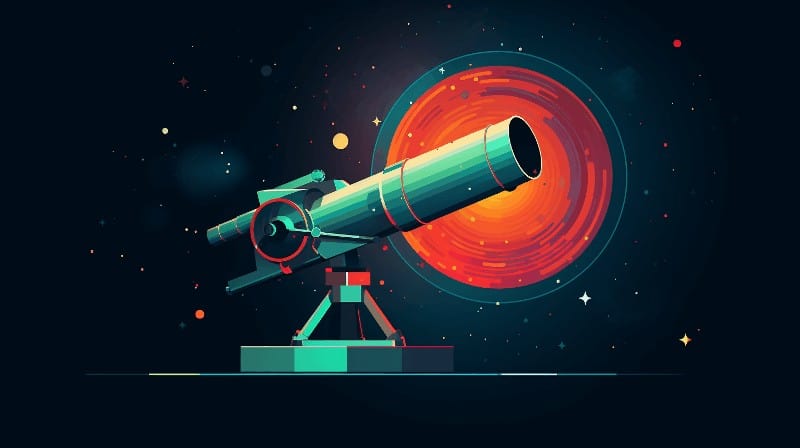
Conclusion: Why Are Telescopes So Expensive?
Telescopes are expensive because they are precision instruments that require quality materials and expertise to craft.
However, a third factor to consider is supply and demand.
There has been a shortage of telescopes since the beginning of the pandemic in 2020. This is because more people took up astronomy as a hobby at home, and the disruption to the supply chain reduced the amount on sale.
What we have now then is that the market is driving prices higher, as people are willing to pay more.
So telescope prices are unlikely to come down in the near future and will remain expensive. Remember that very cheap models are unlikely to be any good and try and stick to trusted telescope brands as you can have faith that you will get what you pay for.
For recommendations on the best telescopes for you, see our guides, including:


